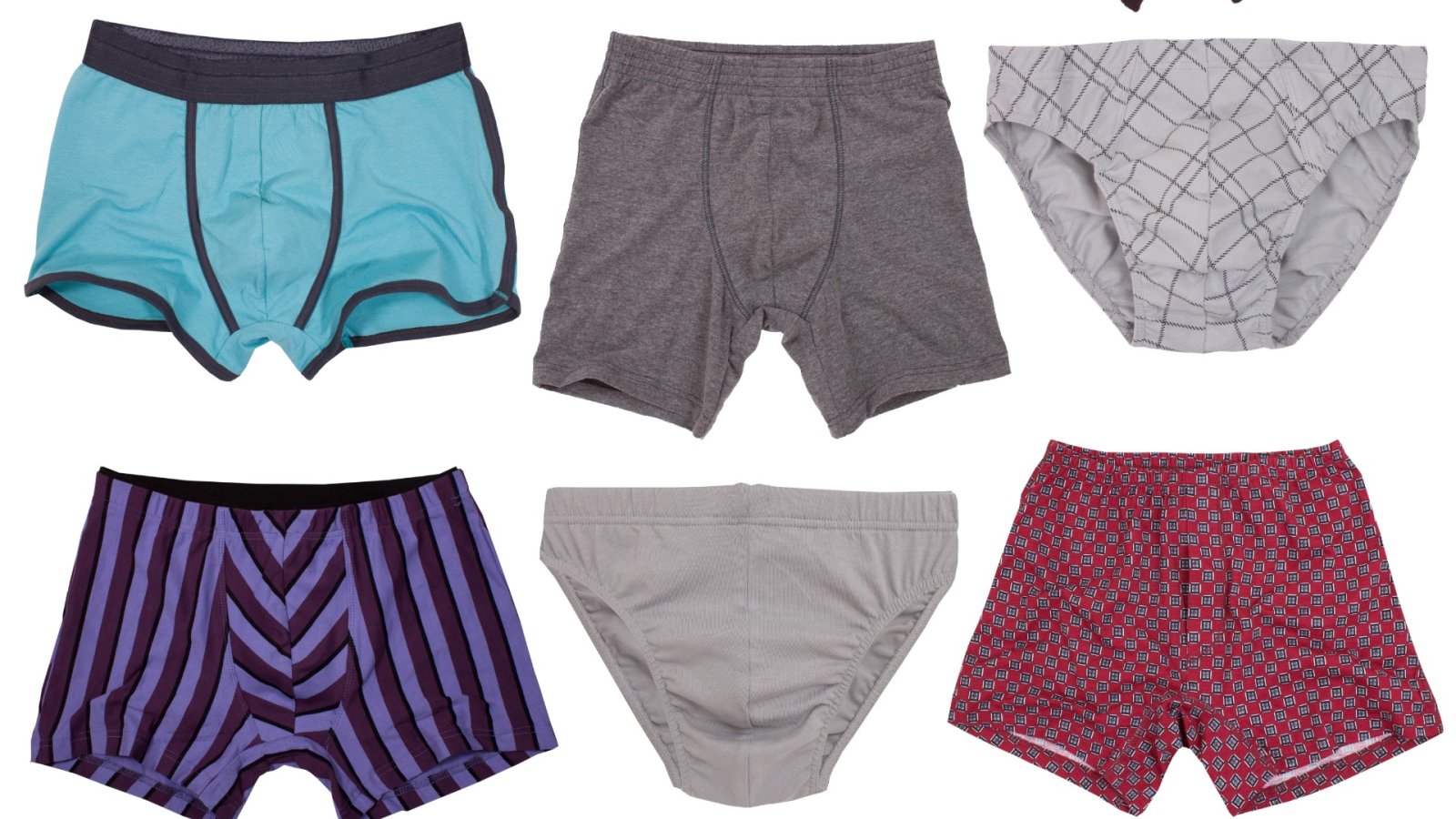Men's underwear, as commonly known today through popular styles like boxers and briefs has only resembled their modern shape for about a century! But what did ancient peoples wear beneath their clothing to provide support and comfort throughout history? This article takes a look at the evolution of men's undergarments, from the earliest times to the modern styles we know today, exploring how societal needs and fashion trends changed the hidden inner layers of men's clothing over thousands of years. Read on!
According to the Bible, after Adam and Eve disobeyed God by eating the forbidden fruit, they sought to cover themselves. So, they are said to have used fig leaves as their first clothing. While fig leaves represented mankind's new awareness of modesty, they likely provided little support or comfort. Still, they served as humanity's earliest attempt at designing garments after leaving a state of primitive nudity. This first clothing choice from nature set the stage for how outward dress would eventually evolve to incorporate customized inner layers tailored specifically for men's needs.
One of the earliest documented undergarments was seen in ancient Egypt. King Tutankhamun was buried with an abundance of finely woven linen strips, suggesting their use as loincloths or briefs. Mosaics from Roman antiquity also depict a type of cloth brevet or supporter worn by both sexes under tunics and togas. Archaeological findings indicate the use of simple lengths of soft fabric served as foundational underlayers across many societies before distinct clothing designs emerged for genders. As cultures progressed, inner linens evolved to address modesty as well as provide tailored comfort, support, and hygiene befitting the varying needs of men versus women throughout history.
During the Middle Ages in Europe, loose linen or woolen breeches were a popular underwear style, giving rise to the term still used today. These served as outer legwear rather than undergarments. In the Renaissance era, close-fitting hose made of fabric such as linen became fashionable, providing a form-fitting layer. Similar to breeches, hose were outer trousers not necessarily meant to be layered. In Ancient Rome, braccae-style trousers were viewed as a foreign fashion perceived as effeminate contrasted with masculine Roman tunics. As cultures changed over centuries, lower body styles transitioned between outer garments and underlayers, influenced by notions of modesty, practicalities of wear, and perceptions of masculinity defined by the prevailing aesthetics of distinct historical periods.
The Industrial Revolution enabled new efficiencies in textile manufacturing. One prominent style that emerged during this period was the union suit - a one-piece knitted undergarment with button closure. Produced for masses through factories, the union suit commonly featured long sleeves reaching the wrists and legs to the ankles. A split seat flap allowed users to access bodily functions without fully disrobing, improving convenience. Union suits provided full coverage of the body and served various consumer segments. Through standardized sizing and assembly line techniques, the union suit saw widespread adoption as affordable and practical foundational wear. Its rise coincided with societal changes stemming from industrialization and urbanization in the late 19th century.
One popular undergarment still worn today originated from union suits - full thermal underwear sets covering the torso and limbs. Typically produced as tops and bottoms designed for cold weather insulation, this long underwear provides base layers for activities like skiing and ice hockey. Long underwear emerged as practical functional wear adapted for colder activities and climates. Their durable fabric construction and full coverage of the body make long underwear an enduring style within the underwear category.
In 1934, Kneibler created a close-cut, legless undergarment with an overlapping fly structure for improved support compared to loose boxer shorts available at the time. Marketing the innovative briefs as evoking advantages of the jockstrap, Kneibler's company labeled them "jockey shorts." The brand later became known as Jockey, cementing briefs as a staple style.
Emerging in popularity during the 1990s, boxer briefs combined attributes of briefs and boxer shorts. Their fitted design incorporated leg openings for ease of movement along with snug elasticized waistbands and hip-hugging cuts for firm yet comfortable support. As slim-fit clothing styles grew in favor, boxer briefs filled a need for undergarments that neither restricted mobility like briefs nor exposed outlines under form-fitting outer layers like boxers.






